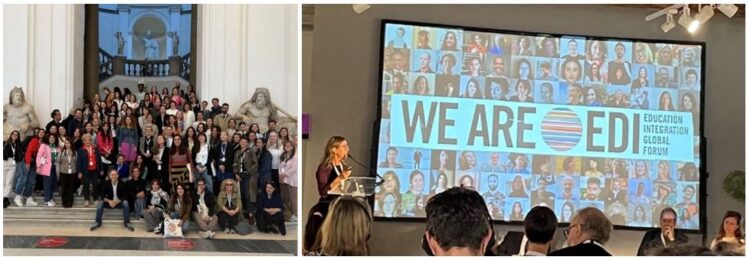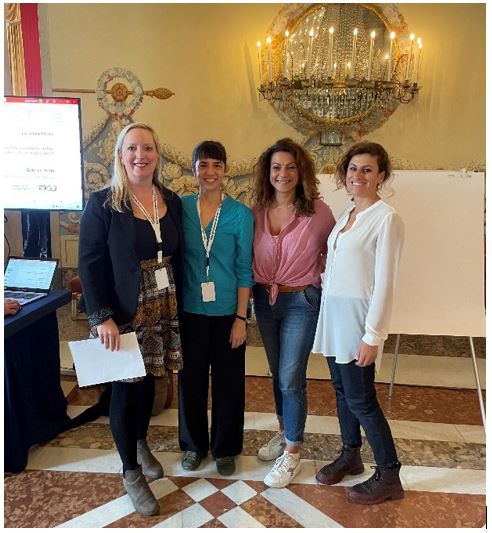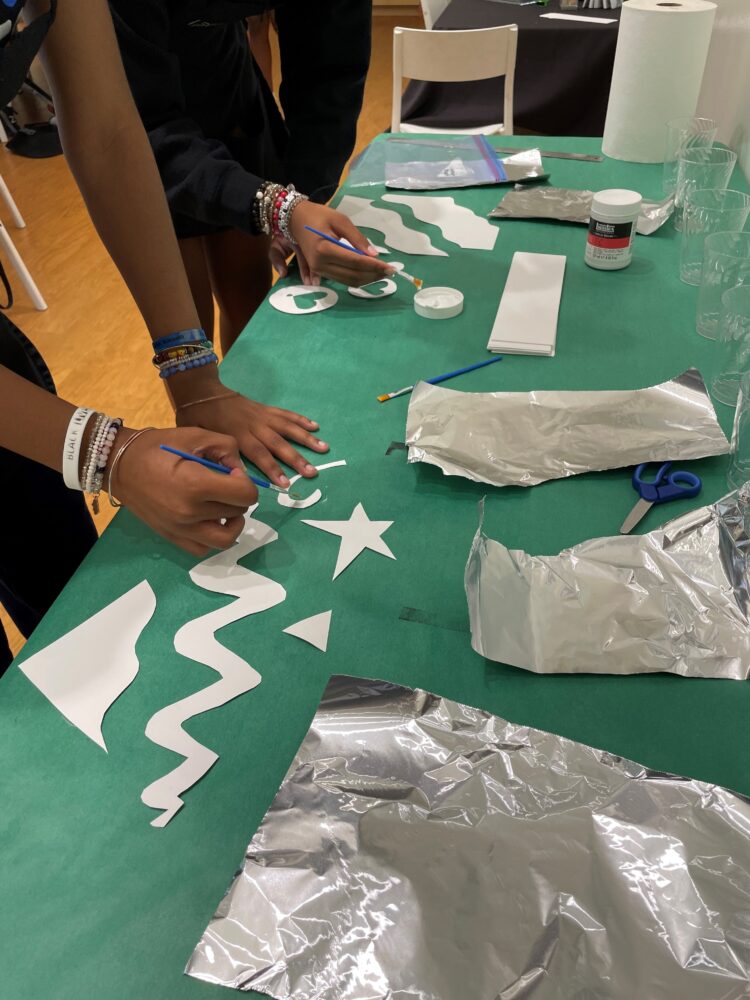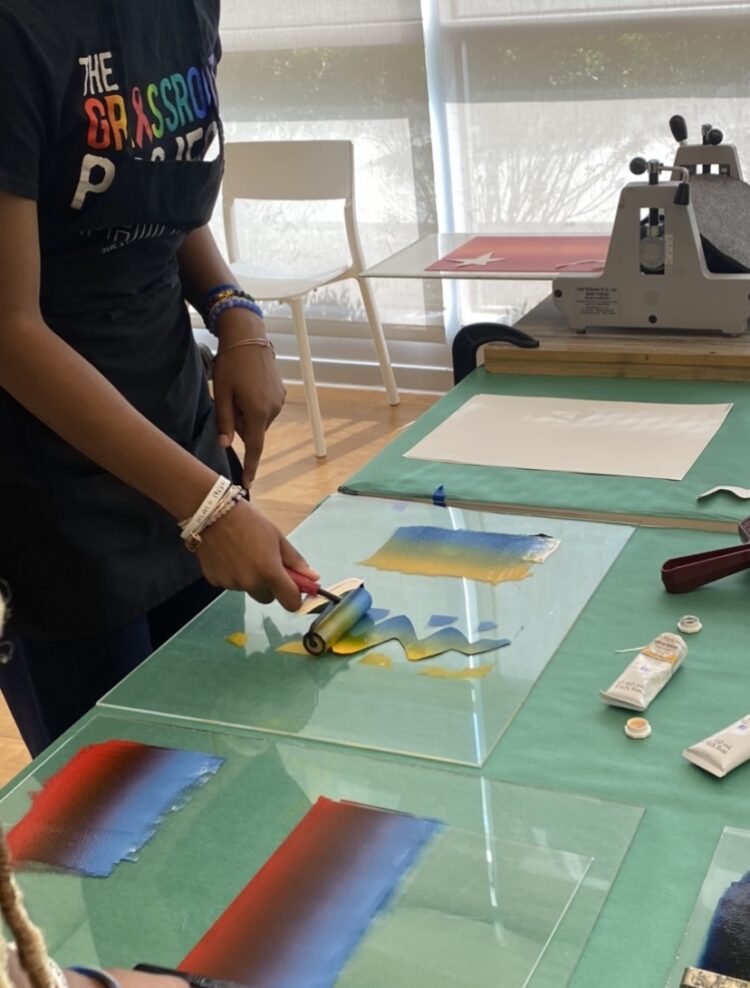In partnership with the US Department of State, The Phillips Collection collaborated with museums across Italy in fostering diversity and inclusion for audience and program development. Anne Taylor Brittingham, Deputy Director for Education and Responsive Learning Spaces, and Donna Jonte, Head of Experiential Learning, discuss the workshops conducted on their travels to Italy, October 15-19, 2022.
After finishing up our time at the EDI Global Forum in Naples, Donna Jonte and I shifted to presenting workshops in collaboration with the U.S. State Department. The workshops were a continuation of the projects we conducted May 2-6, 2022, in Rome and Naples. However, this time we expanded our audiences and the region in which we worked.
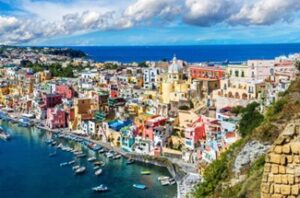
Procida, Italy
On Saturday, October 15, we participated in a Cultural Hackathon on the island of Procida. Procida was awarded the Italian Capital of Culture 2022. The colorful destination is the first island to be given the title since the award was established. Recipients of the award become a focus for improved cultural heritage and tourist development, with numerous projects and initiatives to benefit the region. During the application process for the title, Procida presented a vision entitled “la cultura non isola” (culture doesn’t isolate). Procida planned 44 cultural projects with 330 days of programming, involving 240 artists and eight cultural spaces, including a 16th-century palace turned prison, now transformed into an arts-space with site-specific installations.
As an island, Procida is at an interesting moment—the award brought an influx of tourists. How will the island maintain the momentum generated by the rise in tourism, while not forgetting their local communities who are with them 12 months of the year? Hackathon workshop participants thought about ways of engaging new audiences (both local and tourists) and how to balance new media and technology with more low-tech opportunities for engagement. We focused on the role of empathy in identifying and growing audiences, starting with the user at the center of all the programs and resources we develop.

Left to right: Agostino Riitano, Director of Procida 2022; Michelle Lee, Public Affairs Officer US Consulate Naples; Anne Taylor Brittingham; Raimondo Ambrosino, Mayor of Procida; Donna Jonte; Martina Romanello, Program Assistant Procida 2022 at Palazzo d’Avalos
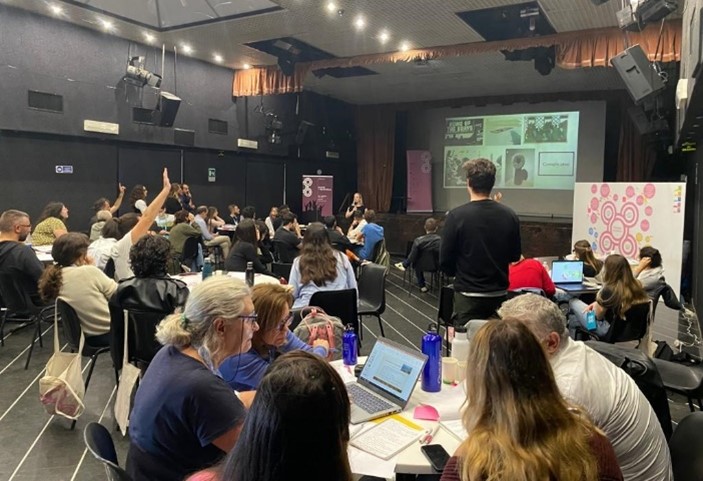
Procida Hackathon workshop participants
On Monday, October 17, we led a workshop for university students at the Fine Arts Academy, Naples. In the morning, the students gave us a tour of their collection, using different strategies to engage people in looking at art. In the afternoon, we thought about connection—what connects art together, what connects art to us, and what connects art to today. First the students picked the image from The Phillips Plays Art Cards that they felt connected to. Then working as a group, they picked five connected artworks and identified emerging themes such as “You see what you want to see,” “Absence and Presence,” and “Movement and Confusion.” They thought about why they were attracted to certain images, how their biases affected their choices, and how it was different to select images as a group versus as an individual.

University students working in small groups
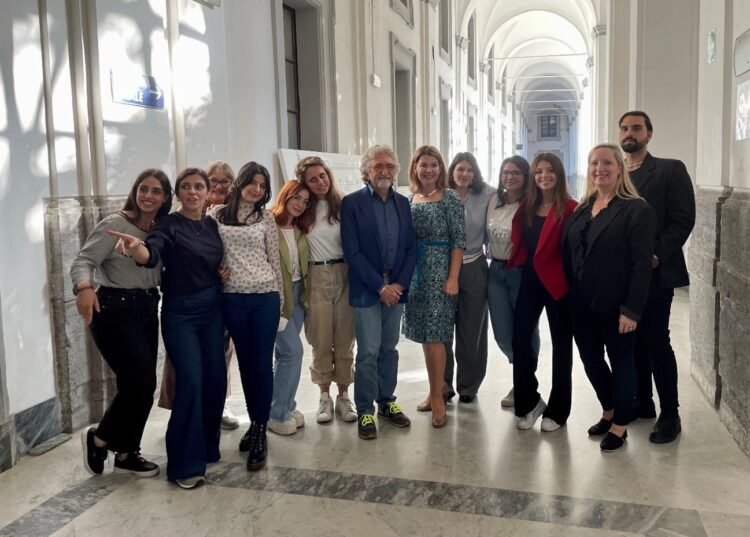
University students with Director of Fine Arts Academy Professor Renato Lori and US Consul General Naples, Tracy Roberts-Pounds (center)
On our last day in Naples, October 18, we presented a workshop for teen immigrants at the Dedalus Cooperative’s art studio in the Officine Gomitoli’s Intercultural Centre, located in the Formiello neighborhood in a restored building that has had a past life as a convent and a woolen mill. Dedalus has been working with immigrants in Naples for more than 30 years, offering social services especially to unaccompanied minors, trafficking victims, and vulnerable women. We met Dedalus’s artistic coordinator, Alessia Montefusco, on our previous trip to Naples in May, when she brought teen immigrants to the Museo Madre for our workshop.
Alessia and a new group of teens welcomed us to the Dedalus art studio. First, we introduced ourselves by choosing one image from the Phillips Art Cards game that reflected a part of our identity. Then, to begin our exploration of the power of landscape, past and present, interior and exterior, we discussed Sam Taylor-Johnson’s Self-Portrait as a Tree, a photograph from our collection. Next, with watercolor pencils and paintbrushes, we sketched details from real or imagined landscapes. Finally, we put all three images together in a narrative sequence that depicted our different landscapes—past, present, and future.
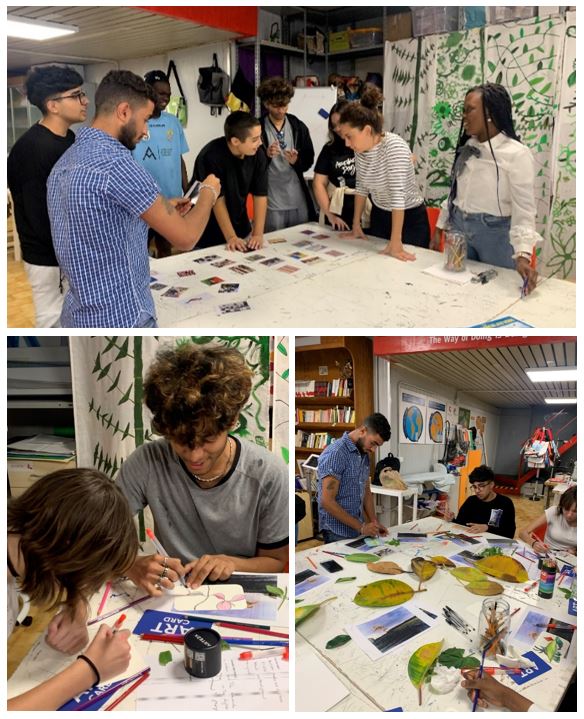
Teens engaging with Phillips Art Cards in the Dedalus art studio
After wrapping up in Naples, we went to Rome for one last day of programming on October 19. In the morning, we met with museum employees from Civic Museums across Rome. After our presentation in May 2022 on the development of games to engage visitors, the network of museums developed a single game designed to connect multiple museums in multiple locations across the city. They presented their prototype to us for feedback. We discussed challenges and opportunities for engaging audiences, in particular local Roman audiences that may not regularly visit the civic museums.

Presentation by Civic Museums of Rome
Then in the afternoon, we were able to meet with the director of the Pantheon, Gabriella Musto, about ideas for how we could collaborate with them in a similar way to what we did with the Civic Museums of Rome. While they get millions of visitors a year, they are interested in ways they can more deeply engage with their local communities.
We are grateful to have had the chance to build global relationships, sharing our audience-engagement strategies with museum educators from around the world and continuing our work with colleagues in Naples and Rome.

